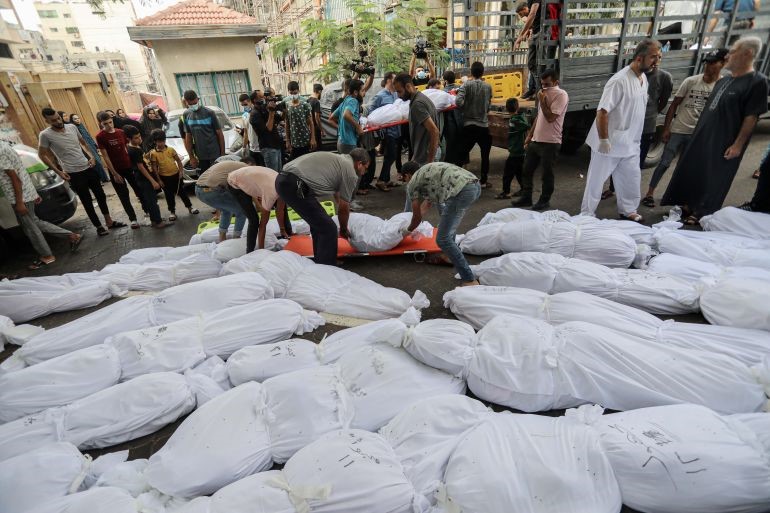The winds of nuclear war - PAKISTAN has rightly denounced the crude National Security Strategy
0 comments | by Munir Akram

PAKISTAN has rightly denounced the crude National Security Strategy put out by the Trump administration and its flawed analysis and aims in Afghanistan and South Asia. There is, however, one assertion in the document which, excuse the pun, trumps all other issues’ intonations. It says: “The prospect for an Indo-Pakistani military conflict that could lead to a nuclear exchange remains a key concern....”
This is an understatement. Preventing a South Asian nuclear war should be the primary focus of any security strategy for the region. Dr Kissinger was right in observing a few years ago that nuclear weapons are most likely to be used in a Pakistan-India war. Pakistan and India have ‘survived’ several previous crises with a ‘nuclear dimension’. Today, Pakistan and India are engaged in a complex confrontation. In the 1971 war, Chinese intervention in support of Pakistan was forestalled by a Soviet nuclear threat to Beijing. In 1987, India’s Brasstacks military exercise blatantly threatened Pakistan until president Zia ul Haq whispered to Indian premier Rajiv Gandhi at a cricket match in New Delhi that Pakistan’s newly acquired F-16s could reach India’s nuclear facilities in Trombay. In 1990, as Pakistan-India tensions mounted in tandem with the Kashmiri freedom struggle, India threatened war until US satellites detected Pakistan loading suspected nuclear warheads onto its F-16s, bringing then CIA director Gates to South Asia to defuse the crisis.
Following India’s nuclear tests of May 1998, Indian leaders asserted that India’s nuclear weapons (“we have a big bomb”) had changed the power equation. Pakistan was obliged to conduct its tests to remove any ambiguity that could have led India to a disastrous misadventure. A conflict was narrowly avoided on the night before Pakistan’s reciprocal nuclear tests. Pakistani radar detected aircraft moving up India’s western coast whose profile was that of US F-15s, creating suspicion of Indo-Israeli collusion to prevent Pakistan from conducting its tests. Urgent warnings were conveyed to New Delhi, Tel Aviv and Washington. Fortunately, the radar readings proved to be a false alarm. In the absence of bilateral communications, war can be easily triggered by miscalculation and mistake. In the aftermath of the Kargil war, US president Clinton depicted Kashmir as the world’s primary nuclear flashpoint. This remains true today. During the prolonged India-Pakistan stand-off in 2002, there were at least two occasions when Pakistan detected Indian aircraft being readied for a strike. In public statements, Pakistan warned that in extremis it would be obliged to resort to its nuclear capabilities. India apparently concluded that a war would entail unacceptable cost. This led to revival of the peace process.
Today, Pakistan and India are engaged in a complex confrontation which could erupt in a war that quickly escalates to the nuclear level. The lessons of past crises have apparently been forgotten. India is now ruled by a Hindu fundamentalist prime minister whose visceral hatred for Muslims is well known. He is using anti-Pakistan rhetoric and postures successfully as a populist electoral tool with his extremist constituency. The ‘Pakistan-bashing’ will escalate as the 2019 Indian national elections approach. Second, the people of India-held Kashmir, especially its youth, have risen in a spontaneous and indigenous revolt. Unlike the past, the revolt is outside the control of the Kashmiri Hurriyat leaders and/or Pakistan. And, despite brutal tactics, India has failed to suppress the revolt and, as usual, blames Pakistan and ‘cross-border terrorism’ for its failure. Third, it is inevitable that Kashmiri freedom fighters will continue to attack Indian targets in and outside occupied Kashmir. It is equally inevitable that India will blame Pakistan and/or pro-Kashmiri groups located in Pakistan for such attacks.
Fourth, India has threatened to conduct ‘surgical strikes’ in response to ‘terrorist’ attacks. The daily Indian violations of the ceasefire along the LoC in Kashmir could provide India the ‘cover’ for such ‘surgical strikes’. Pakistan would consider any cross-border or cross-LoC incursion by India not as a ‘sub-conventional’ operation but as the initiation of a conventional conflict and give a ‘matching response’. This would commence a war which could escalate very quickly. Fifth, despite the experience of the 2002 stand-off, India’s military doctrine contemplates a ‘limited’ war with Pakistan. Moreover, India has deployed its strike forces in forward positions, in accordance with its Cold Start doctrine, which contemplates a massive surprise attack against Pakistan. In response, Pakistan has adopted the doctrine of ‘full-spectrum deterrence’ under which Pakistan could utilise short-range nuclear missiles to break up large attacking Indian formations. Sixth, perhaps to indicate that India is not deterred by this, the Indian air chief has asserted that he can identify and destroy Pakistan’s nuclear capabilities. Pakistan knows that India on its own does not have the capability to do so. The Indian assertion has raised the question of whether the US has undertaken to neutralise Pakistan’s nuclear delivery systems, through a pre-emptive strike or seizure, in a crisis. (In this context, reports about US plans to seize or destroy North Korea’s nuclear weapons are illuminating.)
The US has played an active role in defusing previous crises in South Asia. During and after his election, President Trump offered to mediate between Pakistan and India. Pakistan accepted but India rejected this offer. It has not been revived recently. Nor is it reflected in the National Security Strategy. In fact, the US can no longer be considered an impartial mediator. It is now India’s ‘strategic partner’. The National Security Strategy blames ‘cross-border terrorism’ for the violence in Kashmir. It does not speak of India’s brutal repression of the Kashmiris, their human rights or their demand for azadi (freedom). Pakistan must seek alternate diplomatic mechanisms to prevent a spiral into a nuclear war. One such mechanism could be a China, EU, US and Russia ‘quad’ that engages with Pakistan and India in joint or parallel talks to defuse the current crisis, prevent the outbreak of a war and promote a just and peaceful solution to the Kashmir dispute. Such talks could be made mandatory through a resolution of the Security Council (which the US will find difficult to veto).
Ignoring the winds of war in South Asia could lead to a nuclear catastrophe without precedent in human history.
The writer is a former Pakistan ambassador to the UN.





